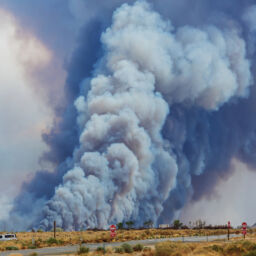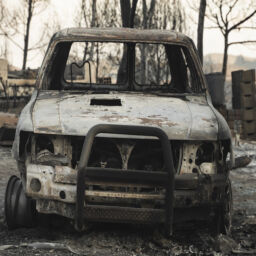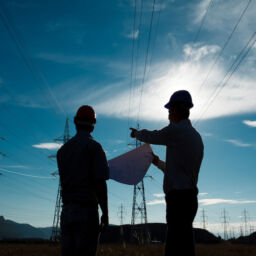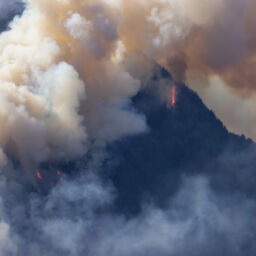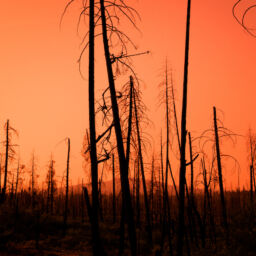Wildfires tore across parts of Maui last month and now the displaced community searches for answers about their future.
Thousands were displaced, as their homes and businesses were burned to the ground. 115 people have been pronounced dead in connection with the blazes.
The disaster area is dotted with crews dressed head to toe in hazmat suits and hard hats who are sifting through the rubble searching for hazardous materials in the first phase of the rebuilding effort to return Lahaina to what it was.
A laundry list of concerns have compounded onto a community reeling from the trauma: looking for lost loved ones, identifying those who’ve been declared dead, being uprooted from their homes, finding reliable education, and hoping for an eventual return to normalcy.
“It feels like no time has gone by since the start of the fires,” said Khara Jabola-Carolus, a volunteer with Roots Reborn Lahaina, a resource hub for immigrants impacted by the wildfires.
She continued, “It’s really surreal to be in the experience of a humanitarian crisis … when the world starts moving on, but you’re still in crisis mode. I worry that attention is flickering.”
Early phases of rebuilding begin
Some people may not return to their land any time soon, as crews from the Environmental Protection Agency go from property to property in search of dangerous chemicals and materials like propane tanks, batteries, fertilizers, and more that were left behind in damaged structures. This could go on for months, officials say.
So far, they’ve cleared more than 340 properties, which is over 15% of the properties in need of searching, according to Tom Dunkleman, EPA’s incident commander on the wildfire response.
These materials need to be cleared out before residents and property owners can return to the burn site.
A five-mile swath of Lahaina, a historic town with deep cultural significance for the Native Hawaiian community, was damaged in the wildfire on the West side of the island.
Cultural monitors have been hired to work with official crews alongside their search, “advising us of cultural and historic items that might be present on the property, so we can make sure that they’re not further disturbed by our activities,” according to Dunkleman.
Once this process is done, officials can begin phase two of the disaster cleanup, including the removal of ash and debris by the United States Army Corps of Engineers. A FEMA spokesperson told ABC News that rebuilding decisions will be led primarily by property owners following cleanup efforts.
FEMA reports that about 5,800 survivors of the tragedy are currently staying in hotels and motels funded by the organization in coordination with state partners and the American Red Cross, while the state’s Air B&B program is also housing survivors. It is also working to help survivors move beyond hotels into more long-term housing solutions in the near future.
[…]
Long road ahead
Summer Sylva, the senior advisor for Native Hawaiian Affairs in the U.S. Department of the Interior, has been assigned to FEMA’s Cultural Protocol Task Force to ensure that the federal response to the devastation is sensitive to the needs of the community.
Sylva, who is kanaka maoli, a Native Hawaiian with roots in Lahaina, said the destruction has highlighted the longstanding tensions between Hawaii residents and the federal government.
Especially when it comes to the land and how it’s treated, she told ABC News.
“There is a history of land and water stewardship that has marginalized Native voices and that has put development interests and commercial development at the forefront of planning and land use,” said Sylva.
[…]
Full Story: ABC September 8, 2023


